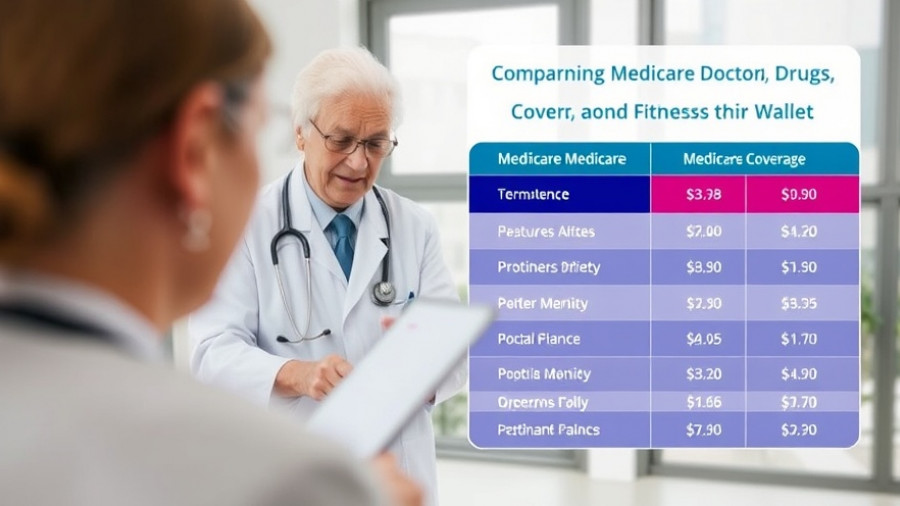
Why Strong Bones Matter More Than Ever
Strong bones are the foundation of a healthy body, playing a vital role in supporting our overall health, mobility, and independence as we age. Osteoporosis, a condition characterized by weak and brittle bones, affects millions of individuals globally, particularly older adults. Protecting your bone health by consuming the right nutrients is crucial, and incorporating diverse, nutrient-rich foods into your daily diet can help ward off this debilitating disease.
Nutritional Champions: 6 Foods to Fortify Your Bones
Here are six essential foods enriched with vitamins and minerals that promote bone health:
Salmon: This fish is not only a fantastic source of omega-3 fatty acids, which have anti-inflammatory properties, but it's also rich in vitamin D. Vitamin D is crucial for calcium absorption. A serving of wild-caught salmon can provide up to 120% of your daily needs, enhancing both calcium uptake and overall bone strength.
Spinach: This leafy green packs a punch with its calcium and vitamin K content. Studies indicate vitamin K plays a vital role in bone mineralization, thus preventing bone fractures. Toss some spinach into your salads or smoothies for a delicious boost.
Fortified Foods: Many products such as cereals and plant-based milk (like almond and soy) come fortified with calcium and vitamin D. Including these in your breakfast can help you meet your daily intake without much effort.
Citrus Fruits: Fruits like oranges and grapefruits are rich sources of vitamin C, which is believed to stimulate bone formation. Including these in your diet can provide a refreshing snack or addition to your meals.
Nuts and Seeds: Almonds and sesame seeds are particularly high in calcium and magnesium, both of which are essential for maintaining bone density.
Legumes: Beans and lentils are excellent plant-based sources of calcium, as well as protein and fiber, making them a great addition to your diet.
The Link Between Lifestyle and Bone Health
In addition to nutrition, leading a physically active lifestyle is paramount to maintaining optimal bone density. Weight-bearing exercises, such as walking or weight lifting, can significantly improve bone strength. Incorporating a blend of strength training and flexibility exercises can enhance overall bone health and reduce the risk of injury.
Future Insights: The Importance of Early Nutritional Education
As more research unveils the correlation between nutrition and bone health, it raises awareness about the importance of educating younger generations on optimal dietary choices. Progressively, schools and communities can implement nutrition education programs focusing on the significance of foods for bone health, ensuring individuals are better equipped to make informed food choices as they grow.
Common Misconceptions About Bone Health
It's essential to debunk common myths surrounding bone health. One common myth is that only dairy products can provide sufficient calcium. While dairy is a major source, various plant-based foods can also contribute to adequate calcium intake. Expanding the narrative beyond dairy encourages diverse dietary practices, making bone health accessible to all.
Decisions You Can Make Today
Taking steps to improve your bone health begins with small decisions. Incorporate the aforementioned foods into your meals this week. Consider planning a dinner with salmon and spinach or snacking on citrus fruits and nuts. Alongside a balanced diet, start a light exercise routine focused on weight-bearing activities to cultivate strong, resilient bones.
In the journey to stronger bones and healthier aging, nutrition plays a fundamental role. Prioritize your bone health today to ensure a vibrant and active tomorrow.
 Add Row
Add Row 

 Add
Add 


Write A Comment